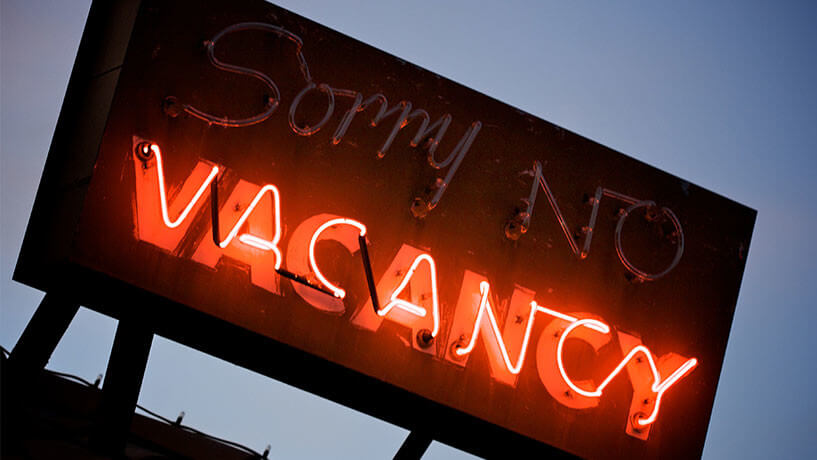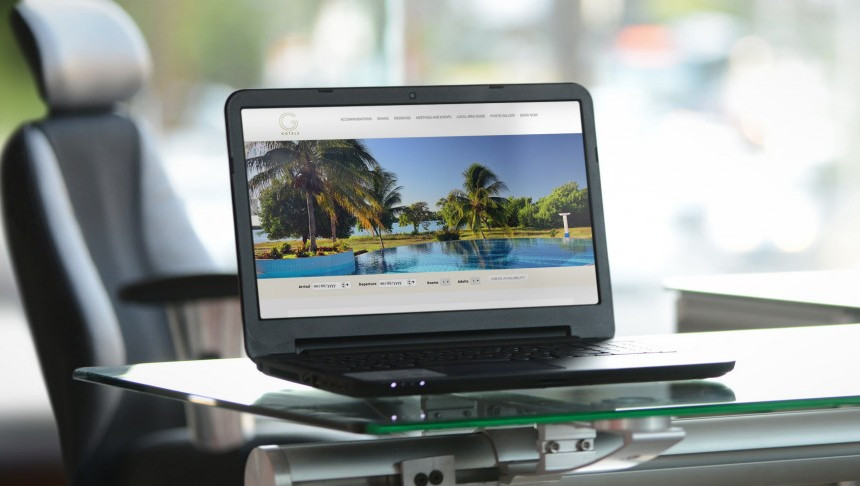In the intricate dance of revenue management, one of the most critical aspects is hotel room inventory management.
NB: This is an article from BEONx, one of our Expert Partners
Effective management of room inventory can make or break a hotel’s reputation and bottom line. From optimizing revenue to enhancing guest experiences, a well-structured inventory management strategy is essential. In this article, we’ll delve into the best practices that hotels can adopt to master the art of hotel room inventory management.
Subscribe to our weekly newsletter and stay up to date
Real-Time Centralized System
Implementing a real-time centralized inventory management system is the foundation of efficient inventory management. This system enables hoteliers to keep track of available rooms, reservations, and occupancy rates in real-time. By having accurate and up-to-date information, hotels can avoid overbooking, allocate rooms more effectively, and provide guests with a seamless check-in experience.
Forecasting Demand
Accurate demand forecasting is the bedrock of successful inventory management. Leveraging historical data, market trends, and special events, hotels can predict periods of high and low demand. This allows them to adjust pricing strategies, allocate rooms accordingly, and maximize revenue during peak seasons while avoiding vacancies during off-peak periods.
Dynamic Pricing Strategies
Implementing dynamic pricing strategies enables hotels to adapt room rates based on demand fluctuations, supply availability, and competitive landscape. By utilizing revenue management systems, hotels can optimize prices in real-time to strike a balance between attracting guests and maximizing revenue.
Channel Management
Effective channel management involves distributing room inventory across various online travel agencies (OTAs), global distribution systems (GDS), and the hotel’s official website. Automating this process not only ensures accurate availability across all platforms but also minimizes the risk of overbooking due to disparities in room allocation.
Minimum Length of Stay (MinLOS) and Maximum Length of Stay (MaxLOS)
Implementing minimum and maximum length of stay restrictions can help hotels manage reservations during high-demand periods. MinLOS ensures that guests don’t book for only one night during busy times, while MaxLOS prevents extended bookings that could lead to a loss of potential revenue from other guests.
Close-Out Dates
Strategic close-out dates involve temporarily closing off certain room types or the entire hotel to maximize revenue during peak periods. This approach maintains a sense of scarcity, encouraging potential guests to book in advance.
Overbooking Management
While it might sound counterintuitive, overbooking is a common practice that takes into account the likelihood of cancellations and no-shows. However, managing overbooking requires finesse – hotels must have a well-defined protocol for accommodating guests in case of overbooking, such as offering alternative accommodations and compensations.
Intelligent Reporting
Detailed reporting tools provide insights into occupancy rates, revenue per available room (RevPAR), and other key performance indicators. Regularly reviewing these reports helps hotels refine their inventory management strategies and identify areas for improvement.
Training and Communication
Effective inventory management requires a well-trained staff that understands the importance of maintaining accurate information. Regular training sessions ensure that all team members are aligned with the inventory management practices and can communicate updates and changes effectively.
Guest Experience Consideration
While managing room inventory is about maximizing revenue, it should never compromise guest experiences. Keeping a certain percentage of rooms available for last-minute reservations, upgrades, and special requests enhances the overall guest experience and fosters customer loyalty.
Mobile Accessibility
In today’s digital age, having a mobile-friendly inventory management system is crucial. Hotel staff should be able to access and update room inventory from mobile devices, allowing for quick responses to real-time changes.
Regular Audits
Performing regular audits of room inventory, reservations, and rates ensures that the system remains accurate and up-to-date. Audits help identify discrepancies, inconsistencies, and areas where the inventory management process can be optimized.
In conclusion
Mastering hotel room inventory management requires a delicate balance between revenue optimization and guest satisfaction. With the right technology, data analysis, and staff training, hotels can implement these best practices to streamline their operations, boost revenue, and create exceptional guest experiences. By embracing innovation and maintaining a guest-centric approach, hotels can stand out in the competitive hospitality landscape.
BEONx offers a cutting-edge, all-in-one platform that seamlessly integrates with a hotel’s operations, revolutionizing the way room inventory is managed. With real-time data synchronization, BEONx ensures that your inventory information is accurate and up-to-date across all channels. Its advanced forecasting algorithms enable precise demand predictions, allowing hotels to optimize pricing strategies and revenue. Additionally, BEONx’s intuitive interface makes it easy to manage minimum length of stay restrictions, implement dynamic pricing, and monitor performance through insightful reports. By leveraging BEONx, hoteliers can navigate the complexities of inventory management with confidence, delivering top-notch guest experiences while maximizing profitability.





